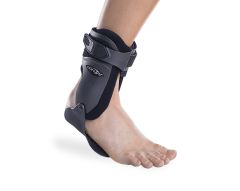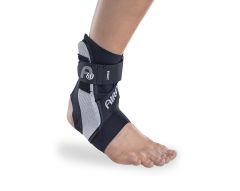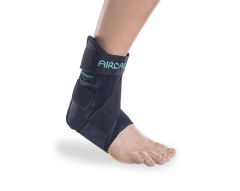Your Guide to Ankle Pain
The ankle joint is a hinge type joint that participates in movement and is involved in lower limb stability. It's formed where your leg meets with your foot. The ankle consists of three bones, the tibia (one of the lower leg bones), the fibula (the other lower leg bone) and the talus. There are four major ligaments in the ankle - the deltoid ligament, anterior talofibular ligament, the posterior talofibular ligament, and the calcaneofibular ligament.
There are two types of motions that take place at the ankle joint: dorsiflexion and plantar flexion. Dorsiflexion involves bringing the dorsum (back) of the foot towards the anterior surface of the leg. Such movement is necessary in order to have the foot contact the ground heel first during heel strike and to allow the foot to clear the ground during the swing phase of gait. Plantar flexion occurs when the toes are in contact with the ground and the heel is raised off of the ground (toe raises). This movement provides the propulsive force necessary to lift the limb off the ground and start it swinging forward during the toe off portion of gait. During midstance, when the lower limb supports the weight of the torso, the ankle is in its most stable configuration, which is the dorsiflexed position.
Common Ankle Injuries
Your ankles and feet are an important part of everyday movement because they support the weight of your entire body. They are prone to overuse injuries and ankle foot pain from incorrect posture. Learn more about the most common ankle and foot injuries - causes, symptoms, bracing and supports.
3 DEGREES OF ANKLE SPRAINS
Ankle sprains are one of the most common ankle injuries. Learn more about the 3 degrees of severity in ankle sprains and the proper treatment for each.
Read MoreMORE ARTICLES FROM ANKLE PAIN AND INJURY PREVENTION

More Articles From Buying Guides

More Articles About Ankle Pain Treatment
In the Spotlight











